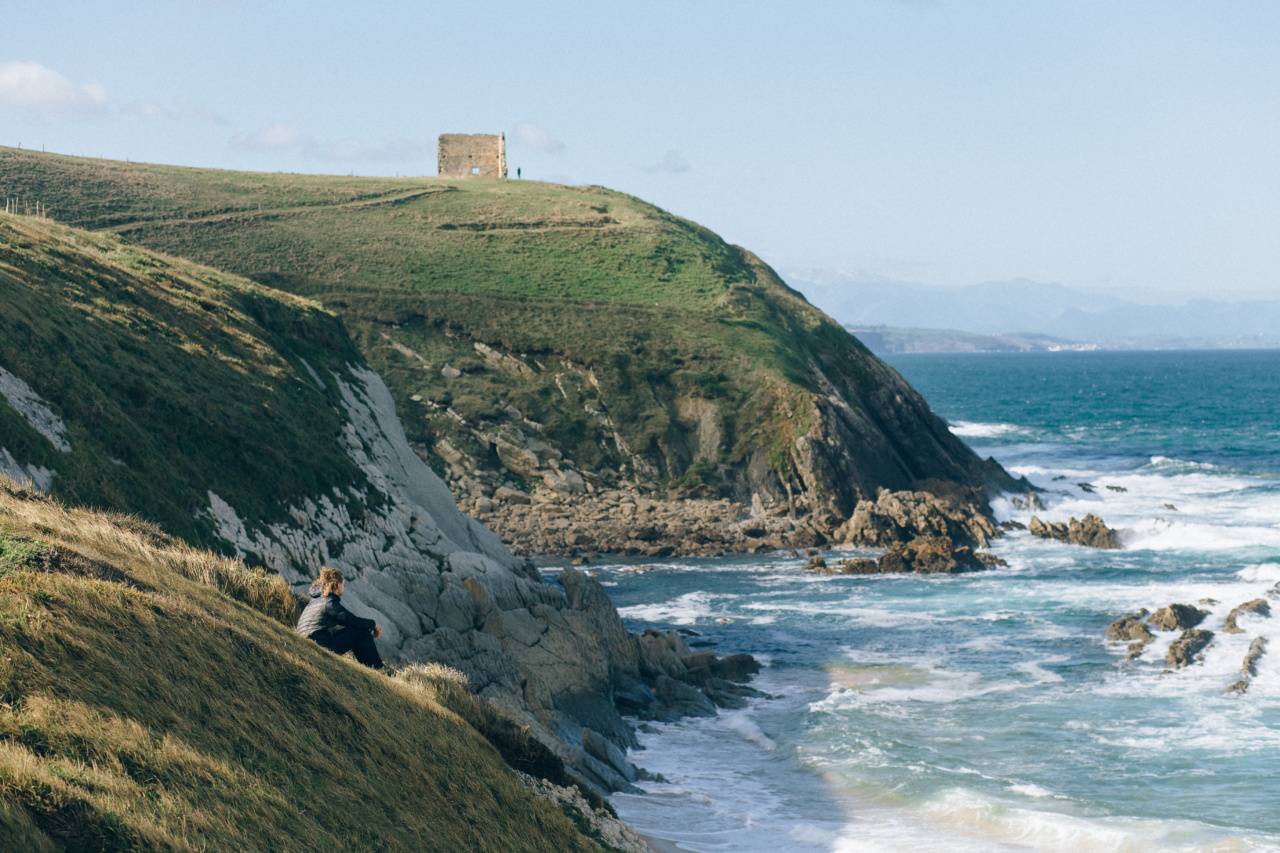Water’s edge is a term used to describe the area where water meets land. This natural occurrence has been a source of inspiration for mankind across cultures and time periods.
From romantic poetry to modern photography, the water’s edge has always evoked a sense of peace, tranquility, and beauty.
What is Imagery?
Imagery is the use of language to create mental images and sensory experiences in the mind of the reader.
It uses descriptive language and sensory details to paint a picture in the reader’s mind, allowing them to experience the scene or emotion described by the author.
However, imagery is not limited to just the written word. It can also refer to visual images, such as paintings, photographs, or videos.
These images have the power to transport us to new worlds and evoke strong emotions through the use of color, composition, and scale.
The Power of Water Imagery
Water imagery has been used for centuries to convey a range of emotions and meanings.
From the calm and tranquility of a still lake to the overwhelming power of a raging river, water can be used to evoke a broad range of emotions in the viewer or reader.
One reason for the power of water imagery is its universality. Water is a fundamental component of life, and its presence is felt by people all over the world.
This means that water imagery is accessible to people of all cultures and backgrounds, and can be used to convey meaning in a way that transcends language and cultural barriers.
Water imagery is also incredibly versatile. Depending on the context and usage, water can be used to convey a wide range of emotions.
For example, calm and peaceful water can evoke a sense of relaxation and serenity, whereas turbulent and crashing water can signify danger and excitement.
The Impact of Water Imagery on Our View
Water imagery can be used to shape our view of the world by influencing our emotions and perceptions.
When we encounter water imagery in art or literature, our brains are activated in ways that can alter our emotional state and change our perspective on the world around us.
For example, a photograph of a calm lake might evoke a sense of serenity and peace, leading the viewer to feel more relaxed and at ease.
In contrast, a photograph of a stormy ocean might evoke a sense of danger and chaos, leading the viewer to feel more anxious or on-edge.
Water imagery can also be used to shape our perceptions of a specific location or culture. For example, if we see an image of a tropical island with crystal-clear waters, we might associate that location with relaxation and luxury.
On the other hand, if we see an image of a polluted river, we might associate that location with environmental degradation and neglect.
The Role of Water Imagery in Marketing and Advertising
Marketers and advertisers have long recognized the power of water imagery to influence our emotions and perceptions. Water is often used in advertisements for products that are associated with relaxation, such as spa treatments or vacations.
Water imagery can also be used to promote products that are associated with health and wellness, such as vitamin supplements or sports drinks.
Water imagery is also used in advertising to create a sense of luxury and exclusivity. High-end resorts and hotels often feature images of crystal-clear waters and pristine beaches to entice consumers to book a stay.
Similarly, luxury car manufacturers might use water imagery to promote a sense of elegance and sophistication.
The Dark Side of Water Imagery
While water imagery can evoke positive emotions and associations, it can also be used to reinforce negative stereotypes and biases.
For example, images of “third-world” countries with dirty water can reinforce negative perceptions of those countries and their inhabitants.
Similarly, water imagery can be used to reinforce gender stereotypes.
Women are often depicted in advertisements and media as innocent and pure, like a “calm and gentle river.” Men, on the other hand, might be depicted as strong and powerful, like a “raging river.”.
In Conclusion
Water imagery has a powerful impact on our emotions and perceptions. It can evoke a wide range of emotions and associations, from calm and tranquility to danger and excitement.
Marketers and advertisers have long recognized the power of water imagery to shape our view of the world and influence our purchasing decisions.
However, it’s important to be aware of the potential negative effects of water imagery. We must be mindful of how water imagery can reinforce stereotypes and biases, and strive to use it in a way that is respectful and inclusive.































